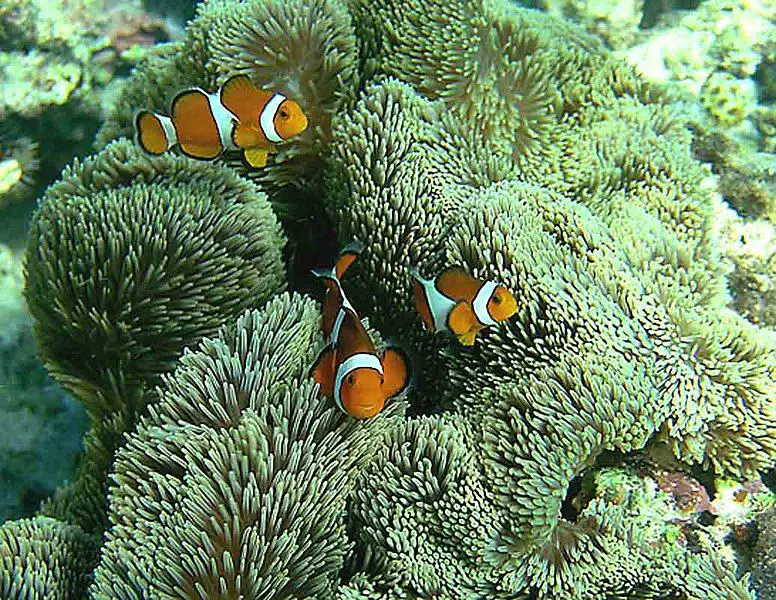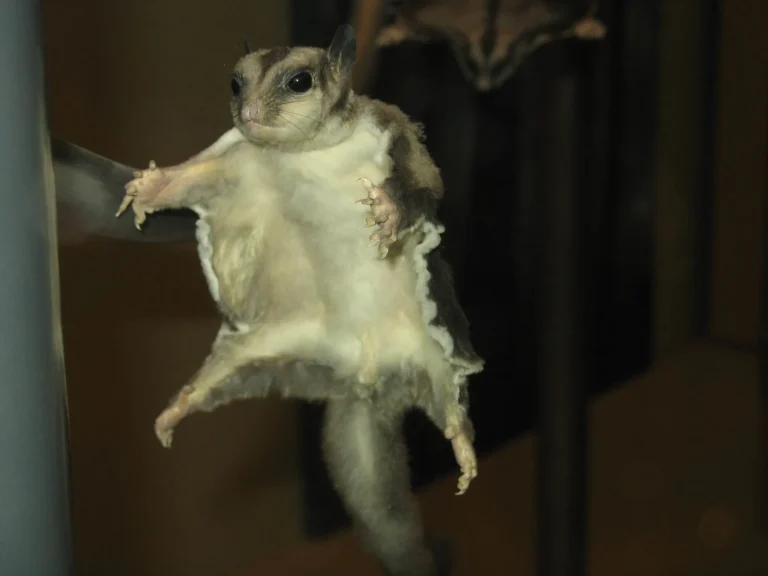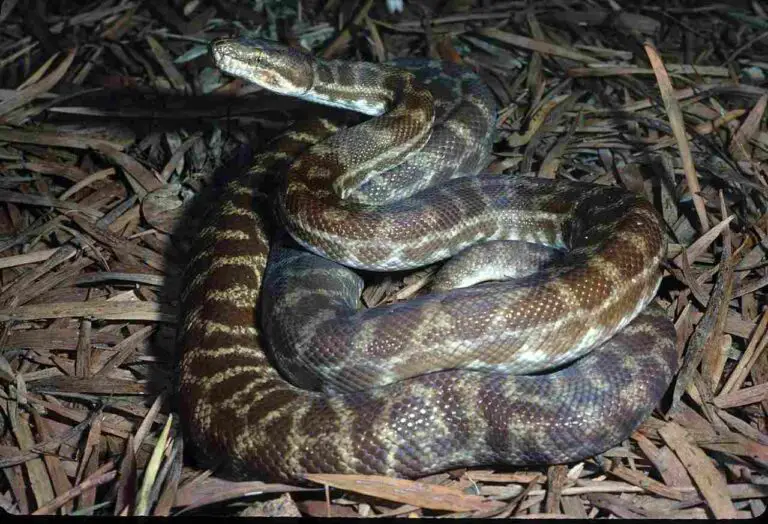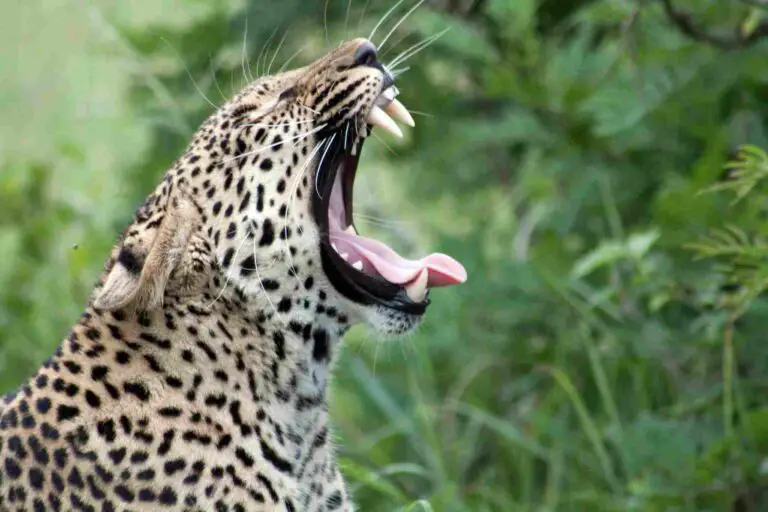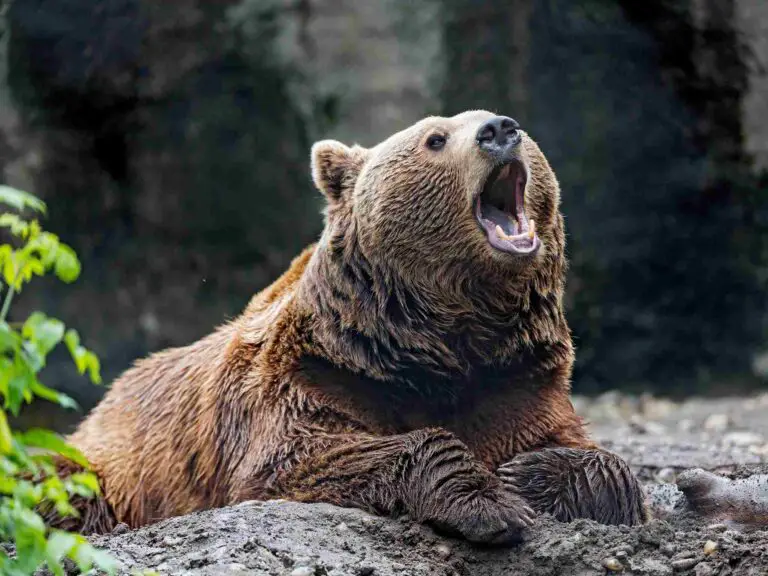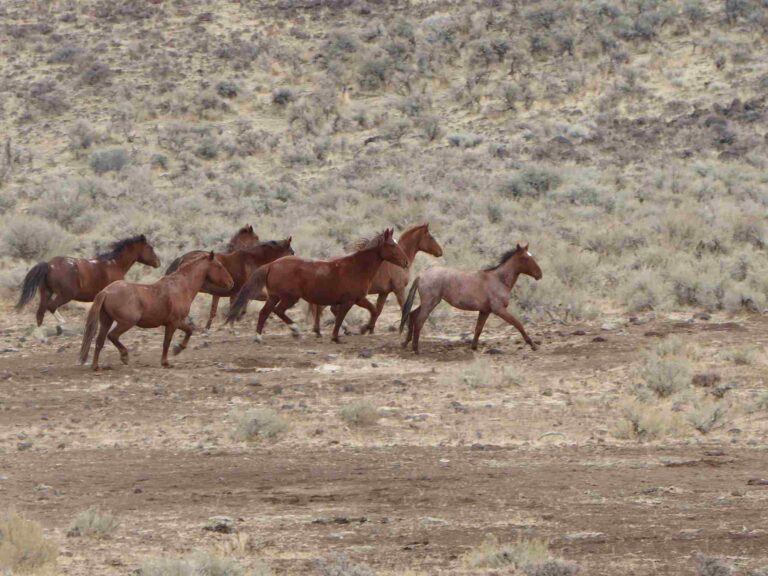5 Biotic Factors in Ocean Ecosystems and their Characteristics
Biotic factors in ocean ecosystems are; primary producers, herbivorous, carnivorous and omnivorous consumers, as well as decomposers and biological processes.
This article discusses biotic factors in ocean ecosystems, as follows;
1). Primary Producers (as one of the Biotic Factors in Ocean Ecosystems)
To begin with, biotic factors are the opposite of abiotic factors; which means they are the living, organic, biological components of an ecosystem.
These components influence all biological aspects and parameters of their environment, including biodiversity, species richness, survival rate, adaptive characteristics, food chains and webs, energy pyramids, bioenergy dynamics, and biomass pyramids.
Ocean primary producers are biotic factors that are solely responsible for the introduction of consumable bioenergy, biomass, and biological energy transfer, through their photosynthetic and chemosynthetic activities.
These organisms are biologically equipped to capture electromagnetic waves of light from the Sun, and convert this solar energy to chemical energy that they store in their tissues. Other organisms that are incapable of producing food through the same mechanism, then rely /directly, indirectly) on primary producers for their nutrition and survival.
Producers in the ocean habitat are called marine autotrophs, because of their self-dependent feeding capabilities, that differ from those of the marine heterotrophs, or consumers.
Five (5) primary producers in the ocean are; macroalgae, phytoplankton, photosynthetic bacteria, seagrasses and mangrove plants.
Macroalgae are algal organisms that can be studied without need for optical magnification, due to their microscopic dimensions. They often occur in shallow areas along the coast and adjacent to the continental shelf, where they withstand tidal currents by being anchored to sediments on the seabed [4]. Examples include kelp, Sargassum, reef alga, and rockweed.
Phytoplankton are also called microalgae, meaning they are algal organisms that can be studied only with the aid of optical magnifiers like microscopes, due to their small dimensions.
The phytoplankton constitute the most common, versatile and abundant marine autotrophs.
An example of photosynthetic bacteria in the ocean is blue-green alga, or cyanobacteria. These organisms capture and convert sunlight to manufacture their own food.
Seagrasses are angiosperms (flowering vascular plants) [5], that occur in saline aquatic ecosystems and often occupy shallow coastal areas, where they serve as habitat, food source and contributor to oceanic sedimentary processes.
Mangrove plants include shrubs and trees that are saltwater-tolerant and may be found in various coastal zones and types of marine ecosystems including different wetlands and estuaries.
Primary consumers in the ocean are relevant through their contribution to the role of oceans as carbon sinks, and towards the sustainability of regional oxygen and carbon cycles.

2). Herbivorous Consumers
Herbivorous consumers in the ocean are also called primary consumers; and they are organisms that feed exclusively on marine autotrophs.
Herbivores in the ocean mainly eat plant-biomass, in the form of algae, mangrove plants and seagrasses. They are the grazers of the ocean, occupying a similar position to herbivorous ruminants in terrestrial biomes like grasslands and forests.
Examples of marine herbivorous consumers are; sea urchins, some fish species, mammals like dugongs and manatees, and sea turtles.
Sea urchins have feeding organelles called Aristotle's lantern [1], which they use to graze on algae-covered rocks..
Herbivorous fish are specially-adapted for grazing on vegetation, and include rabbitfish and parrotfish [6].
Dugongs and manatees are large saltwater mammals that are often called sea cows and feed on seagrasses among other edible marine vegetation.
Green sea turtles are an example of marine herbivorous that feed on algae and seagrasses.
Other examples of herbivorous consumers in the ocean ecosystem include some sea slug species.
3). Carnivorous Consumers (as one of the Biotic Factors in Ocean Ecosystems)
Carnivorous consumers in the ocean are a group of predatory organisms that survive by feeding on other marine consumers to gain nutrients and energy.
These organisms are biotic factors because their presence and activities help to sustain the biological recycling of resources in oceans.
Marine carnivores occupy secondary and tertiary trophic levels, which are above the producers and herbivorous consumers. They (the carnivores) are the result of multiple generations of adaptive change, over the course of which they have developed highly-specialized physiological attributes and behaviors to capture and feed on prey.
Carnivores that live in the ocean ecosystem include; orcas, sharks, dolphins, sea lions and seals, as well as large fish like marlins.
Orcas are also called killer whales, and are closely related to dolphins. They feed on smaller marine consumers like squid, fish, seabirds, and even some carnivores like sea lions.
Sharks are highly-dominant and territorial, apex predators of the ocean, with specialized adaptations like numerous sharp teeth, keen sensitivity and powerful jaws for prey detection, capture and feeding.
Dolphins are closely related to orcas and less-dominant among similar marine predators. However they are highly-sensitive and have a vast range of dietary choices including squid, crustaceans and fish.
Sea lions and seals are mammalian marine carnivores like whales, which have thick fur, and powerful swimming adaptations that enable them capture prey. In some diverse ecosystems like large oceans and marine tundra areas, sea lions and seals may fall prey to other consumers like polar bears [3].
Large fish that have carnivorous feeding habits in the ocean include; marlin and tuna. These survive by consuming smaller organisms including some fish and squid species.

4). Omnivorous Consumers and Decomposers
Omnivorous consumers in the marine ecosystem are organisms that can consume both animal and plant biomass as food for their nutrition and survival. These organisms are the product of adaptation under peculiarly-demanding conditions, that forced their predecessors to adopt a flexible diet in order to survive.
The dietary versatility of omnivorous consumers makes them immensely important to the continuity and equilibrium of marine ecosystems, because they are involved in diverse food and nutrient-supply chains. Often, these organisms are described as opportunistic feeders.
Examples of omnivorous consumers in the ocean are; some sea turtles, crustaceans like lobsters and crabs, some species of fish, and seabirds. They food sources range from zooplankton and bacteria, to detritus, organic remains, sponges and seaweed; depending on respective sizes and feeding tendencies.
Decomposers in the ocean are a group of essential organisms which aid in the recycling of marine nutrients through biodegradation and other forms of biomass-breakdown.
These organisms are responsible for the degradation of plant and animal remains, as well as organic waste; whereby nutrients are made available to the ecosystem.
As biotic components, decomposers form a bridge between the biotic and abiotic aspects of ecosystems, because they convert organic materials to inorganic nutrients that can subsequently be re-assimilated into the organic stream.
Examples of decomposers that are found in the ocean include; fungi, bacteria, protists, some invertebrates, and detrivores.
Fungi and bacteria are perhaps the most common and dominant decomposers in the ocean. They arr known to breakdown an organic substrate through enzymatic processes that are part of their feeding metabolism.
Examples of marine bacteria are Alteromonas and Pseudomonas [2]; while Aspergillus is an example of marine fungi.
Marine protists include ciliates like paramecium, as well as amoeboid organisms that feed on dead organic cells, including other microbes and decomposers like bacteria.
Invertebrates that act as decomposers in ocean ecosystems include; amphipods, which actively breakdown organic matter as they feed.
Marine detrivores are organisms that are classified as decomposers in some schools of thought, because their feeding process facilitates the decomposition of organic matter to simpler compounds that can be completely degraded by fungi and bacteria. Some examples of marine detrivores are mollusks, some crustaceans and worms.
5). Biological Processes (as one of the Biotic Factors in Ocean Ecosystems)
Biological or biotic processes in the ocean are the sum total of all metabolic activities of marine organisms, and the biochemical reactions and effects resulting from these activities.
Although it is not common for biological processes to be listed among biotic factors in ecosystems, they (the processes) are indeed biotic factors because they are primarily organic in origin, nature and sustenance.
Examples of biological processes that occur in the ocean are; biodegradation, photosynthesis, respiration, feeding (herbivory, omnivorous feeding, predation), symbiosis, and reproduction.
These processes are what sustain all other biotic factors in the ocean, by ensuring that they continue to interact with each other for continuity of species, chemical equilibrium, and effective nutrient cycling.

Conclusion
Biotic factors in ocean ecosystems are;
1. Primary Producers
2. Herbivorous Consumers
3. Carnivorous Consumers
4. Omnivorous Consumers and Decomposers
5. Biological Processes
References
1). Candia, D.; Wilkie, I.; Lucca, E.; Andrietti, F.; Melone, G. (1993). "The Aristotle's lantern of the sea-urchin Stylocidaris affinis (Echinoida, Cidaridae): functional morphology of the musculo-skeletal system." Zoomorphology 113(3):173-189. Available at: https://doi.org/10.1007/BF00394858. (Accessed 21 May 2023).
2). De Rosa, S.; Milone, A.; Kujumgiev, A.; Stefanov, K.; Nechev, I., Popov, S. (2000). "Metabolites from a marine bacterium Pseudomonas/Alteromonas, associated with the sponge Dysidea fragilis." Comp Biochem Physiol B Biochem Mol Biol. 2000 Jul;126(3):391-6. Available at: https://doi.org/10.1016/s0305-0491(00)00208-x. (Accessed 21 May 2023).
3). Gormezano, L. J.; Rockwell, R. F. (2013). "Dietary composition and spatial patterns of polar bear foraging on land in western Hudson Bay." BMC Ecol. 2013 Dec 21;13:51. Available at: https://doi.org/10.1186/1472-6785-13-51. (Accessed 21 May 2023).
4). Hung, C.-C.; Weerakkody, W.; Ling, K. H.; Hsieh, H.-H.; Abedneko, V. G.; Shyu, J.-F.; Lee, T.-M.; Shih, Y.-Y.; Ranatunga, R. R.; Santschi, P. H. (2022). "Carbon Capture by the Macroalgae, Sarcodia Suae, Using Aquaculture Wastewater and Green Energy, in Subtropical Region." Available at: https://ssrn.com/abstract=4146187 or http://dx.doi.org/10.2139/ssrn.4146187. (Accessed 21 May 2023).
5). Les, D. H.; Cleland, M. A.; Waycott, M. (1997). "Phylogenetic Studies in Alismatidae, II: Evolution of Marine Angiosperms (Seagrasses) and Hydrophily." Systematic Botany 22(3):443–463. Available at: https://doi.org/10.2307/2419820. (Accessed 21 May 2023).
6). Lewis, S. M. (1986). "The Role of Herbivorous Fishes in the Organization of a Caribbean Reef Community." Ecological Monographs 56(3). Available at: https://doi.org/10.2307/2937073. (Accessed 21 May 2023).
